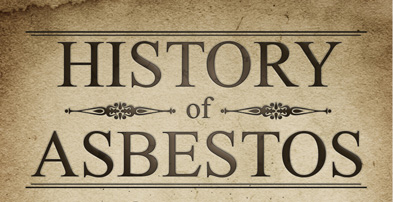Metropolitan Life Insurance Company in the US finds that half the men working at John Manville plants for more than three years develop lung disease.
US adopt a “safe” dust limit of 176 particles of asbestos per cubic centimetre in the workplace.
German researchers identify six cancer deaths among asbestos textile works. Later animal studies confirm asbestos dust kills mice.
Witternoom mine manager writes to head office about first known asbestosis case – a man named Digman
Mines Department Inspector Adams describes dust conditions at Wittenoom as “terrific”.
Over the following three years, dust levels at the mine and mill are regularly monitored at six to eight times “safe levels”. Further warnings are given to mine management. No improvement in conditions is noted.
State Mining Engineer reports insufficient attention to safety regulations and ventilation at Witternoom.
Commissioner for Public Health writes to the Under Secretary for Mines that “The hazard from asbestos is considerably greater than that from silica…we have reason to believe that attention to this aspect of mining operations at Witternoom has been inadequate in the past.”
Annual reports of WA Commissioner for Public Health say working at Witternoom is thirty times more dangerous than other mining.
First case of mesothelioma detected among ex-Wittenoom workers. The man dies.
The Evil Dust – the history of asbestos, an excerpt
Wittenoom Western Australia

Wittenoom Western Australia Today
Infamous asbestos mining town in the heart of the Pilbara. There is something very bitter-sweet about Wittenoom. This near ghost town set at the mouth of the Wittenoom Gorge is the home of Australia’s greatest industrial disaster and yet it is located in one of the most beautiful areas of the Pilbara.
Located 1450 km north of Perth and 460 m above sea level this once thriving settlement is in the heart of the beautiful Hamersley Range. It is ideally located for people wishing to visit the numerous gorges which cut through the range. However, as everyone in
Australia now knows, Wittenoom is also in a valley of death.
The signs around the town call attention to the problem: DANGER – Asbestos Tailings Risk Area. Inhaling Asbestos Fibres May Cause Cancer.

